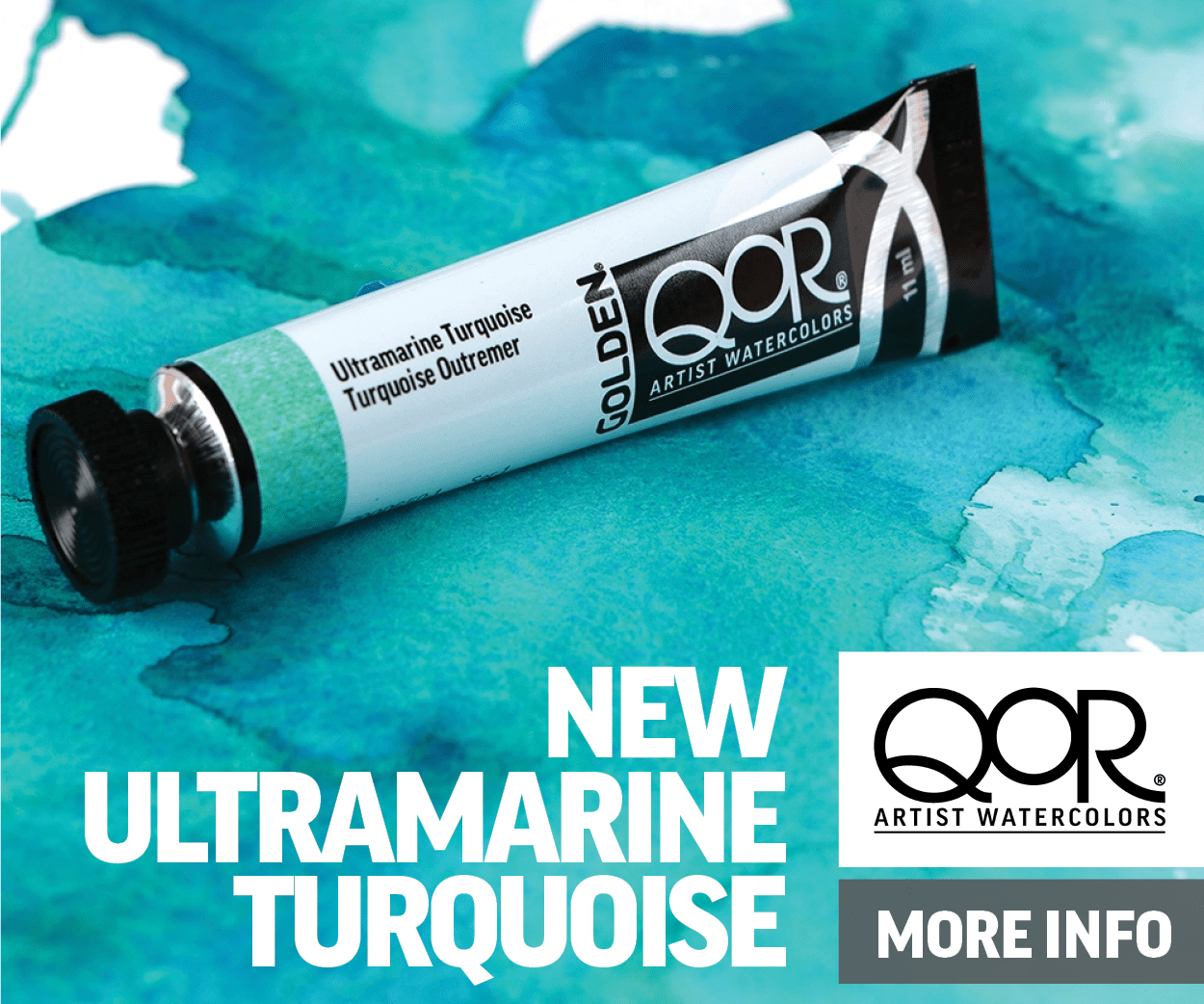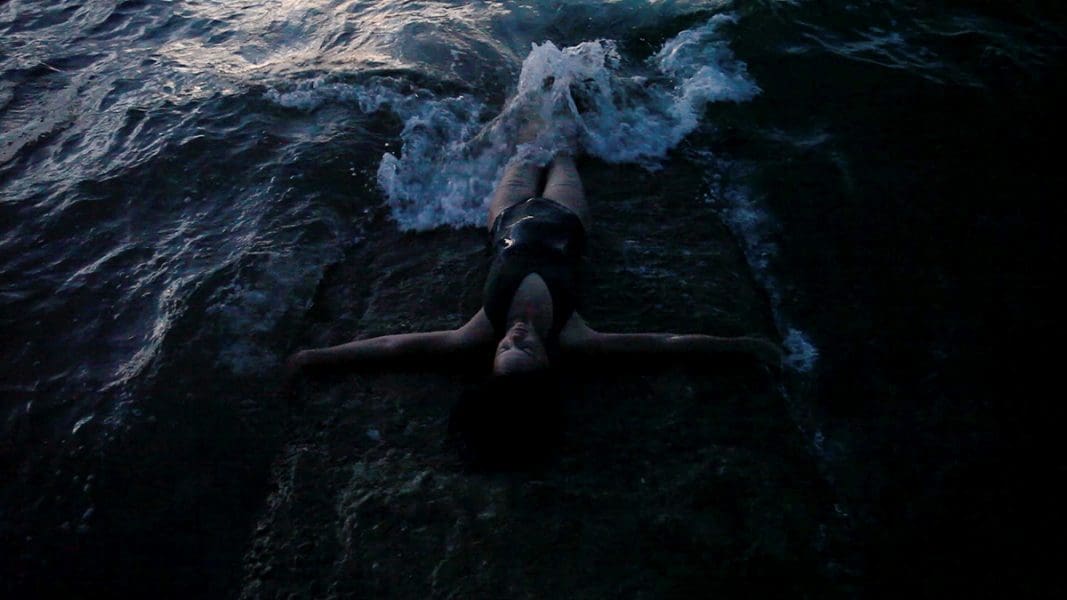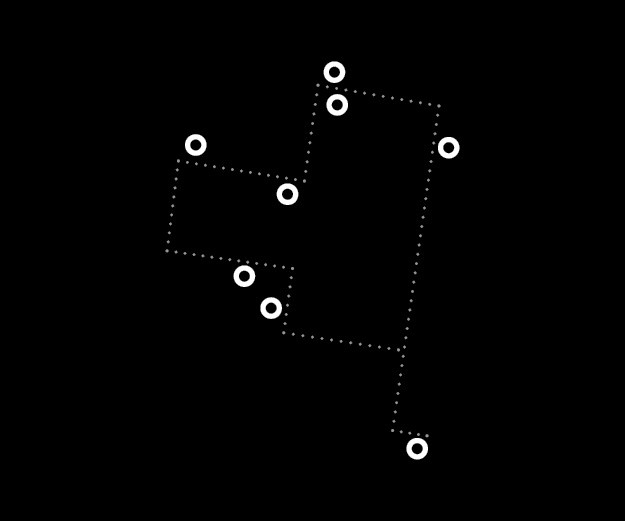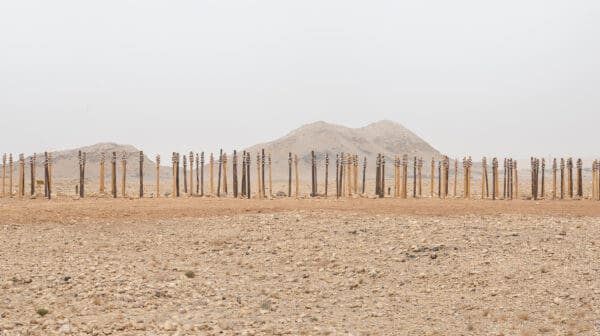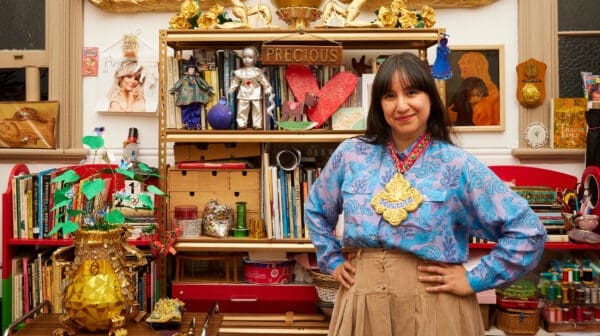A sound work by US-based DJ collective Drexciya presents a playlist from their EP. With music that contains properties akin to the ocean, such as flow and rhythm, Brown is enthusiastic about elements this brings to the exhibition, commenting, “For me, thinking about the scale of a song in relation to unpredictability of the seas is revelatory; allowing your imagination to enter the expanse of the oceans through listening is brilliantly mind opening, a brilliantly metaphoric ‘way in’ to the ideas of the exhibition.”
The Ocean After Nature encompasses film and video, drawing, photography, sound and archival practices, examining how, as Feldman puts it, “the seascape is shaped in an era when human beings have become the driving force in the development of the planet.” The exhibition runs concurrently to Countercurrents and forms part of the Adelaide Festival.
Both The Ocean After Nature and Countercurrents respond to the aims and ambitions of the Adelaide Festival’s new artistic directors, Neil Armfield AO and Rachel Healy, whose motives, as they put it, include seeking out “works of scale and generosity; work that contests, interprets and connects us to the great ideas and challenges of our time”. Brown, who also co-curated Countercurrents with Erica Green, is excited about the insights the artists in these exhibitions will present on some of the most important and imminent concerns our society faces. Brown elaborates, “There is incredible openness and generosity to be found in the idea that the ocean is a connector of us all, that a decision by some of us is a decision for all of us. It’s very humbling to think along these lines and it is obviously where some of the greatest challenges lie.”
With the Adelaide Festival known for embracing and encouraging challenging concepts, The Ocean After Nature is an exemplary addition to the 2017 program.
Listening to Brown discuss The Ocean After Nature it is difficult not to become excited by the seemingly unlimited possibilities and scope the exhibition and artists are presenting. Hoping to evoke a new perspective on the issues addressed and an overall sense of connectedness for the audience, the curator’s enthusiasm is infectious when she says, “These are socially engaged exhibitions, and it is in the breadth of approaches that my excitement arises – I hope the combination of big ideas and aesthetic ambition in the works energises others, too.”
The Ocean After Nature
Samstag Museum of Art, Adelaide
2 March – 9 June


